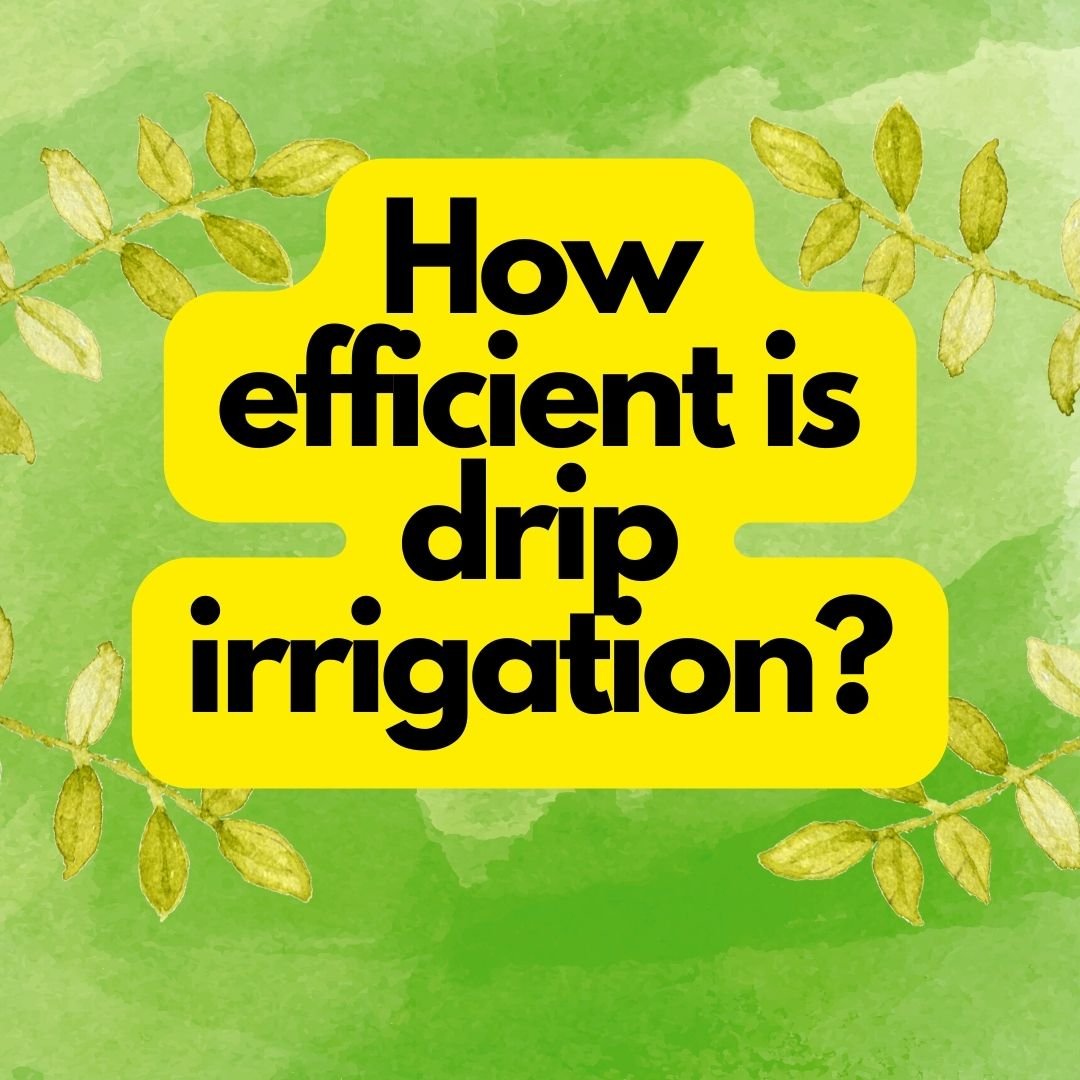How efficient is drip irrigation?
Drip irrigation is a type of irrigation system that saves water and fertilizer by dripping water slowly to the roots of plants, either onto the soil surface or directly onto the root zone, through a network of valves, pipes, emitters, and tubing. Drip irrigation is the most efficient irrigation method because it minimizes evaporation and provides an exact amount of water to the plants. It can be used in all types of soils, slopes, and weather conditions.

What is drip irrigation?
Drip irrigation is a type of watering system that delivers water directly to the roots of plants. It is an efficient method of irrigation because it minimizes evaporation and runoff, and it can be tailored to the needs of specific plants. Drip irrigation systems can be used for both small and large gardens, and they can be automatic or manual.
The history of drip irrigation
A method of irrigation known as drip irrigation sends water straight to plant roots. It is an efficient way to water plants because it minimizes evaporation and runoff, and allows the plants to absorb more water.
Drip irrigation has been used for centuries. The ancient Egyptians used a primitive form of drip irrigation to water their crops. In the late 19th century, modern drip irrigation was developed in Germany. Today, drip irrigation is used all over the world to irrigate crops, gardens, and lawns.
How efficient is drip irrigation?
Drip irrigation is a highly efficient method of irrigating crops. It delivers water directly to the roots of plants, where it can be used immediately, with minimal evaporation or runoff. Drip irrigation also uses less water than other methods of irrigation, such as sprinklers, which can lose a lot of water to evaporation and wind.
The benefits of drip irrigation
Drip irrigation is a highly efficient method of watering plants. The water is delivered directly to the roots of the plant, where it can be absorbed quickly and used effectively. This reduces water waste and ensures that the plant gets the moisture it needs to stay healthy.
Drip irrigation can be used in a variety of settings, from small gardens to large farms. It is an especially good choice for arid climates, where water conservation is critical. Drip irrigation can also help reduce water bills, as it uses less water than other methods such as sprinklers.
In addition to being efficient, drip irrigation is also easy to set up and maintain. Once installed, it can be left on its own to do its job. This makes it a great option for busy gardeners or those who want to set up an irrigation system and then forget about it.
The drawbacks of drip irrigation
Drip irrigation is not without its drawbacks, however. One of the biggest problems with drip irrigation is that it can be quite difficult to properly maintain and repair. If a drip irrigation system is not properly maintained, it can easily become clogged or otherwise damaged, which can lead to decreased efficiency and even crop loss.
Another problem with drip irrigation is that it requires a significant amount of water pressure to operate properly. This means that if there are any issues with the water supply, such as a power outage or water main break, the drip irrigation system will not be able to function properly.
Finally, drip irrigation can be quite expensive to install and maintain. While it may save money in the long run by increasing water efficiency, the initial investment can be prohibitive for many farmers.
Conclusion
Drip irrigation is an extremely efficient way to water crops. It uses less water than traditional methods, and it can be tailored to the specific needs of each plant. This makes it possible to optimize growth and yield while minimizing water usage. Drip irrigation is also relatively easy to set up and maintain, making it a great option for farmers who are looking for ways to save water.
10 Of The Best Way To Improve Your Cat Skin
